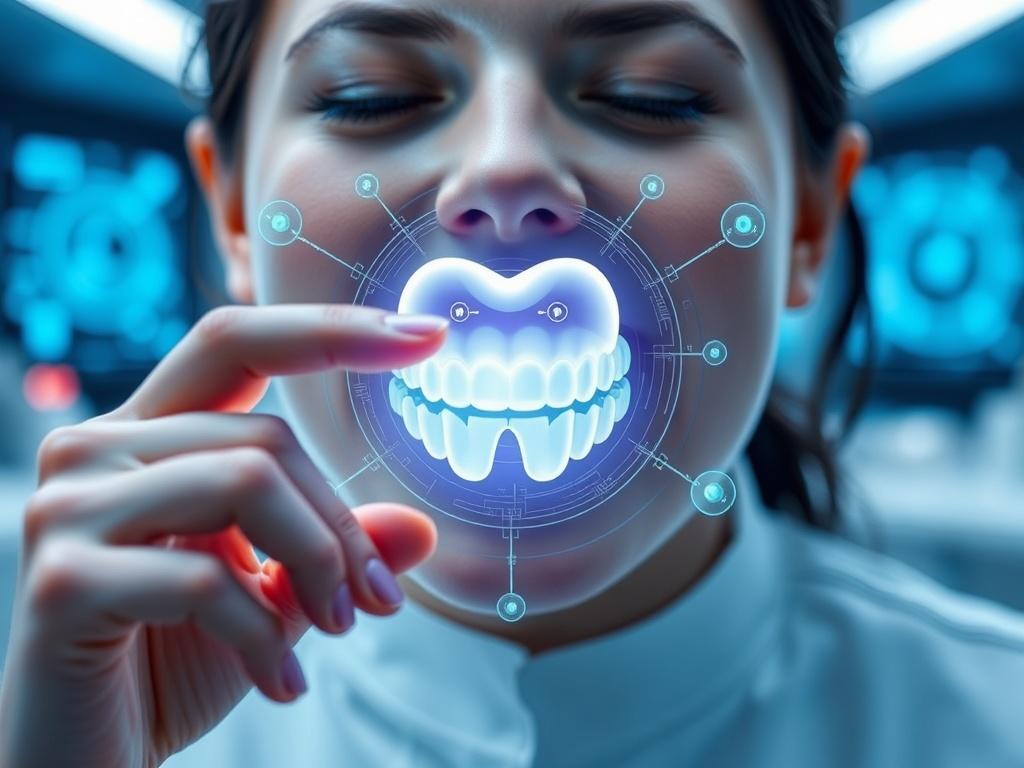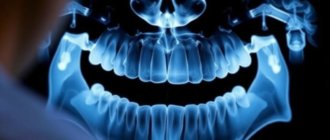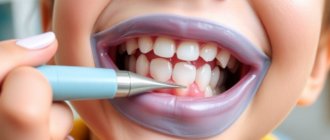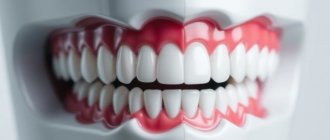Содержание
- 1 Introduction to the Future of Dentistry
- 2 Artificial Intelligence: The Brain Behind Modern Dentistry
- 3 3D Printing: Building Smiles Layer by Layer
- 4 Laser Dentistry: Precision and Comfort Combined
- 5 Teledentistry: Bridging Gaps in Access and Convenience
- 6 Biomaterials and Regenerative Dentistry
- 7 Robotics and Automation in Dental Procedures
- 8 Smart Dental Devices and Wearables
- 9 The Role of Virtual Reality in Dental Education and Patient Care
- 10 Challenges and Ethical Considerations
- 11 Summary Table: Key Emerging Technologies in Dentistry
- 12 Conclusion
Introduction to the Future of Dentistry
Dentistry has always been a field deeply rooted in science and technology, evolving gradually from simple tooth extractions to advanced procedures like dental implants and digital impressions. But what does the future hold for this essential healthcare domain? The future of dentistry is bright, driven by emerging technologies that promise to make oral care more efficient, less invasive, and highly personalized. These innovative tools and techniques are transforming how dental professionals diagnose, treat, and manage oral health, ensuring better patient outcomes and comfort.
In this article, we will explore a range of emerging technologies shaping the future of dentistry. From artificial intelligence and 3D printing to laser dentistry and teledentistry, these developments are not only improving the quality of dental care but also expanding access and affordability. So, whether you’re a dental professional eager to stay ahead of the curve or simply someone interested in how technology is reshaping healthcare, read on to uncover the exciting possibilities ahead.
Artificial Intelligence: The Brain Behind Modern Dentistry
Artificial intelligence (AI) is rapidly becoming an integral part of dentistry. The ability of AI systems to analyze vast amounts of data and identify patterns surpasses human capabilities in many ways, particularly in diagnostics. Advanced AI-powered software assists dentists in interpreting X-rays, detecting cavities, and spotting other oral health issues like gum disease or early signs of oral cancer with incredible accuracy.
One of the main benefits of AI in dentistry is its capacity to reduce human error and improve diagnosis speed. Imagine a dentist armed with AI support who can instantly analyze an image or patient record and offer a reliable treatment plan—this is the reality of modern dental clinics. Moreover, AI-driven predictive analytics is enabling personalized oral care. By analyzing patient history, habits, and genetics, AI can predict risk factors and suggest proactive interventions before problems worsen.
Applications of AI in Dentistry
- Diagnostic imaging analysis and interpretation
- Automated patient record management
- Personalized treatment planning
- Predictive risk assessment for oral diseases
- Virtual dental assistants for patient communication
3D Printing: Building Smiles Layer by Layer
3D printing technology is reshaping the manufacturing side of dentistry. Traditionally, dental prosthetics like crowns, bridges, and dentures required molds and multiple office visits, prolonging treatment times. Today, dentists and dental labs use 3D printing to create highly accurate dental appliances right in the office, significantly reducing labor and turnaround times. Customized aligners, surgical guides, and even replacement teeth can be produced faster and at a fraction of the cost.
The precision of 3D printing means better fitting restorations that improve comfort while ensuring functionality. This technology not only enhances patient experience but also streamlines workflows for dental professionals, making complex procedures more accessible. As the technology becomes more affordable and materials continue to improve, we can expect 3D printing to become the standard in many dental practices.
Benefits of 3D Printing in Dentistry
| Benefit | Description |
|---|---|
| Speed | Production time for dentures, crowns, and implants is significantly reduced. |
| Customization | Tailored appliances fit uniquely to each patient’s anatomy. |
| Cost-effectiveness | Less manual labor and quicker processes drive down costs. |
| Improved accuracy | High precision reduces errors and remakes. |
| Innovation potential | Supports new dental materials and complex designs. |
Laser Dentistry: Precision and Comfort Combined
Laser dentistry is another game-changer in the future of oral care. Unlike traditional methods that may involve drills and scalpels, lasers offer a minimally invasive option for a wide range of dental procedures. Whether it’s cavity treatment, gum therapy, or teeth whitening, lasers provide precise and painless treatment with minimal damage to surrounding tissues.
The use of lasers reduces bleeding and swelling, shortens healing time, and often eliminates the need for anesthesia. For patients who fear dental procedures, this technology delivers a much gentler experience. Its precision also allows dentists to sculpt and reshape tissues with extraordinary control, improving outcomes for both restorative and cosmetic dentistry.
Common Uses of Laser Technology in Dentistry
- Tissue reshaping and gum treatments
- Tooth decay removal and cavity treatment
- Biopsy or lesion removal
- Teeth whitening and stain removal
- Root canal disinfection
Teledentistry: Bridging Gaps in Access and Convenience
One of the most impactful emerging technologies in dentistry is teledentistry, which allows patients and dental professionals to connect remotely using video calls, images, and electronic communication. This innovation is particularly significant for rural or underserved communities where access to dental care is limited. Through teledentistry, initial evaluations, consultations, and follow-ups can be conducted without the patient needing to physically visit a dental office.
Teledentistry enhances convenience for busy patients, enabling timely diagnosis and early intervention. Its integration with AI and digital imaging tools further elevates its effectiveness, turning smartphones and tablets into tools for real-time oral health monitoring. Research has shown that teledentistry improves health outcomes by increasing patient compliance and lowering barriers to care.
Advantages of Teledentistry
| Advantage | Impact |
|---|---|
| Accessibility | Reaches remote or mobility-challenged patients. |
| Cost Reduction | Less overhead for clinics, fewer unnecessary visits. |
| Convenience | Flexible scheduling and immediate consultations. |
| Preventive Care | Enables early detection and education. |
| Continuity of Care | Smoother follow-up and ongoing patient engagement. |
Biomaterials and Regenerative Dentistry
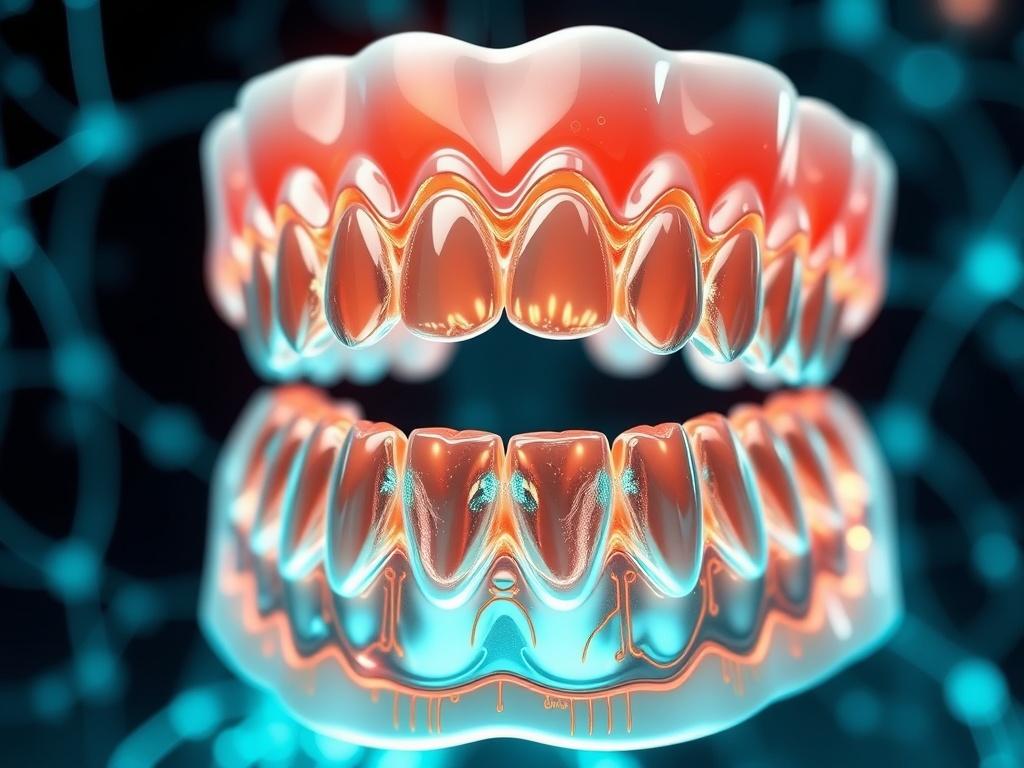
The future of dentistry also hinges on breakthroughs in biomaterials and regenerative techniques. Scientists and clinicians are developing new materials that mimic the natural properties of teeth and gums more closely than ever before. These biomaterials promote quicker integration with body tissues and enhance durability, helping dental restorations last longer and feel more natural.
Regenerative dentistry, an exciting frontier, aims to stimulate the body’s own ability to repair and regenerate damaged oral tissues. Techniques like stem cell therapy and tissue engineering hold the promise of growing new dental tissues, pulp, and even entire teeth. This could revolutionize how dentists treat conditions like tooth loss and severe decay, moving away from artificial implants toward biological restoration.
Potential Regenerative Dentistry Applications
- Stem cell-based tooth regeneration
- Bone grafting and alveolar ridge augmentation
- Soft tissue regeneration for gum disease
- Biomimetic dental fillings and enamel repair
- Personalized regenerative treatments based on genetic profiling
Robotics and Automation in Dental Procedures
Robotic technology and automation are gradually entering dentistry, promising enhanced precision and reduced human error. Robots can assist in complex surgeries such as implant placement by guiding hand movements with millimeter accuracy. Automation also helps streamline repetitive tasks like sterilization, lab work, or even sending patient reminders.
Robotic systems in dentistry currently act as aids rather than full replacements for dentists. But as technology advances, we might see more sophisticated robotic helpers capable of performing delicate procedures autonomously or in cooperation with dental professionals. This will increase efficiency and possibly improve patient outcomes by minimizing human fatigue or variability.
Smart Dental Devices and Wearables
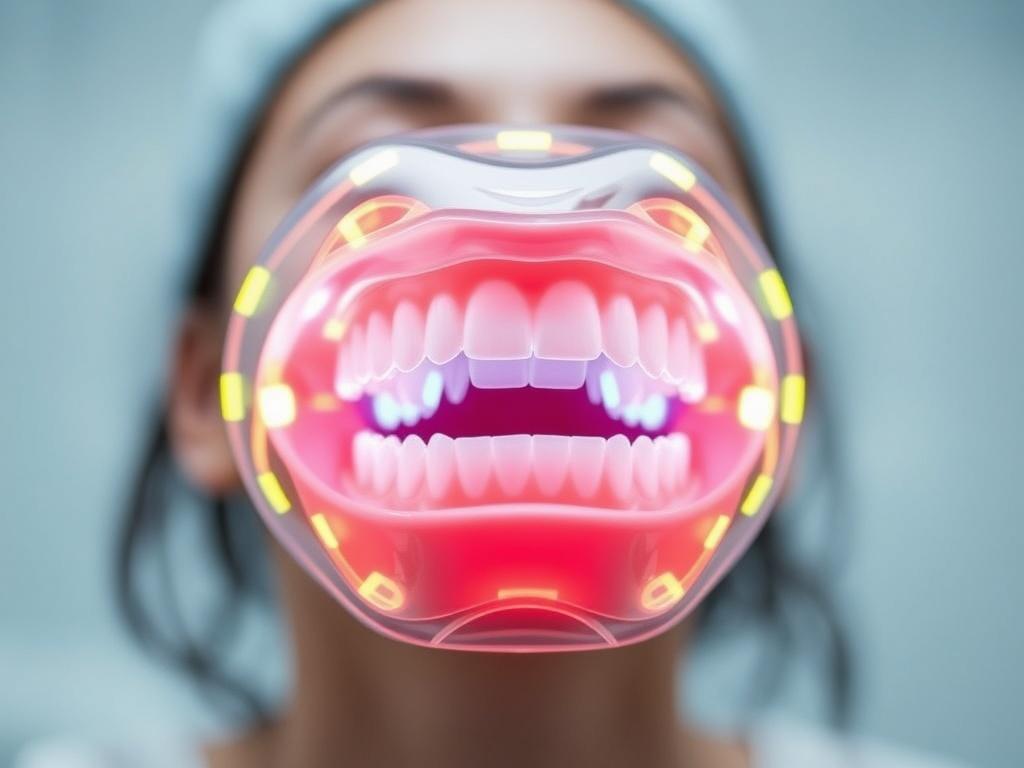
The rise of smart technology extends into dentistry as well, with devices that monitor oral health in real time. Smart toothbrushes, equipped with sensors and connected to mobile apps, provide feedback on brushing habits, ensuring better plaque removal and gum care. Similarly, wearable devices can track dry mouth conditions, sleep apnea, or teeth grinding, alerting users or their dentists to potential issues.
These innovations empower patients with actionable insights, promoting healthier habits and preventing diseases before they develop. Integration with AI and cloud-based dental records further boosts the effectiveness of these smart devices. As these tools become mainstream, they will play a crucial role in personalized oral hygiene.
Examples of Smart Dental Devices
| Device | Function |
|---|---|
| Smart toothbrushes | Tracks brushing technique, time, and pressure. |
| Intraoral cameras with AI | Monitors changes in teeth and gums over time. |
| Wearable oral sensors | Detects bruxism, dry mouth, and saliva pH. |
| Connected orthodontic appliances | Provides real-time adjustment tracking and alerts. |
The Role of Virtual Reality in Dental Education and Patient Care
Virtual reality (VR) is bringing immersive experiences to dentistry, changing both education and patient interaction. For dental students, VR simulations provide realistic practice environments without risk, allowing the development of skills before working on actual patients. This enhances learning and boosts confidence.
For patients, VR can reduce dental anxiety by distracting them during treatments through calming virtual environments. In some cases, VR has been found to decrease perceived pain and stress, promoting a more comfortable experience. Additionally, VR can be used to educate patients about procedures and oral health, making complex information easier to understand.
Challenges and Ethical Considerations
While emerging technologies offer tremendous promise, they come with challenges and ethical considerations. Data privacy is paramount as dental practices increasingly use digital records and AI algorithms. Ensuring patient information is secure against breaches is critical.
There is also the issue of equity: advanced technologies may exacerbate disparities between those who can afford cutting-edge care and those who cannot. Dental professionals and policymakers must work collaboratively to ensure innovations are accessible and affordable for all.
Furthermore, the integration of new technology demands extensive training and adaptation by dental teams. Without proper education, there is a risk that the full benefits of these technologies will not be realized.
Summary Table: Key Emerging Technologies in Dentistry
| Technology | Primary Use | Benefits |
|---|---|---|
| Artificial Intelligence | Diagnostics and treatment planning | Improves accuracy, speeds diagnosis, personalizes care |
| 3D Printing | Manufacturing dental appliances | Fast, cost-effective, customized restorations |
| Laser Dentistry | Tissue treatment and cavity removal | Minimally invasive, pain reduction, faster healing |
| Teledentistry | Remote consultations and monitoring | Greater access, convenience, early intervention |
| Biomaterials & Regenerative Dentistry | Tissue regeneration and restoration | Promotes natural repair, longer-lasting outcomes |
| Robotics & Automation | Surgical assistance and workflow efficiency | Enhanced precision, reduced error, streamlined tasks |
| Smart Devices & Wearables | Oral health tracking and behavior feedback | Personalized monitoring, improved hygiene |
| Virtual Reality | Education and patient anxiety management | Risk-free training, stress reduction for patients |
Conclusion
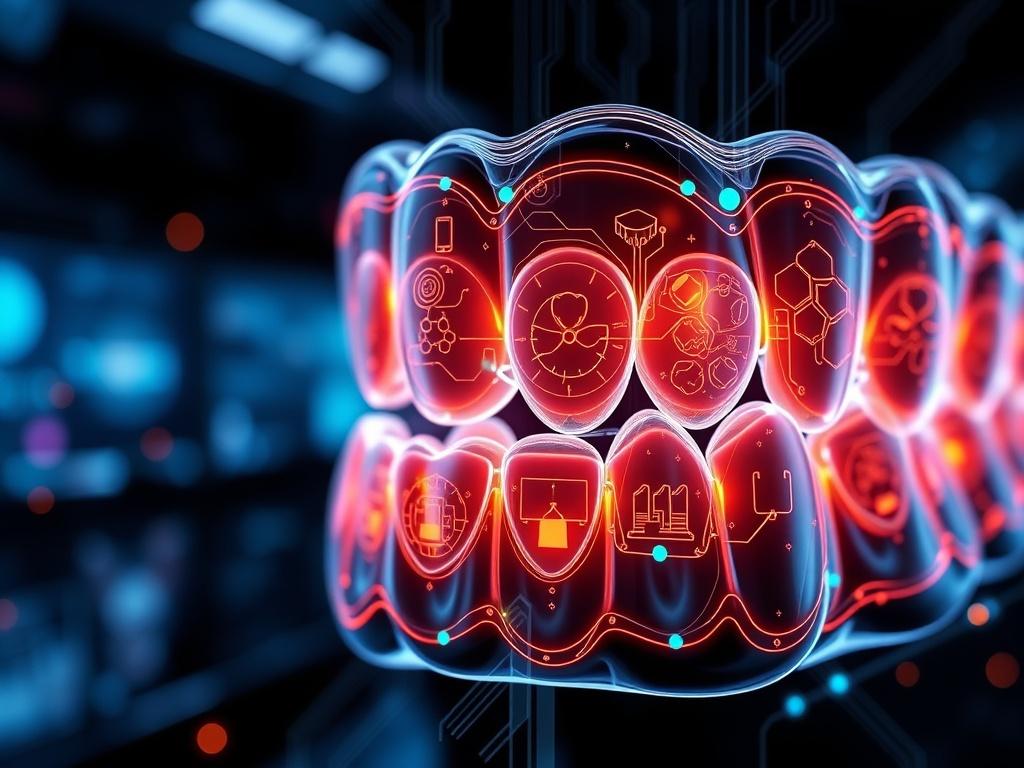
The future of dentistry is deeply intertwined with emerging technologies that not only improve clinical outcomes but also transform the patient experience. From AI-driven diagnostics to 3D printing, laser treatments, and teledentistry, these innovations promise to make oral care more precise, faster, and accessible to a broader population. As biomaterials and regenerative techniques progress, we may soon move beyond traditional treatment toward restoring oral health through natural processes. However, with all this promise comes the responsibility to address ethical, educational, and accessibility challenges to ensure that the benefits of technology reach everyone. Ultimately, these advancements are set to revolutionize dentistry, blending science and technology to create healthier smiles and brighter futures.

